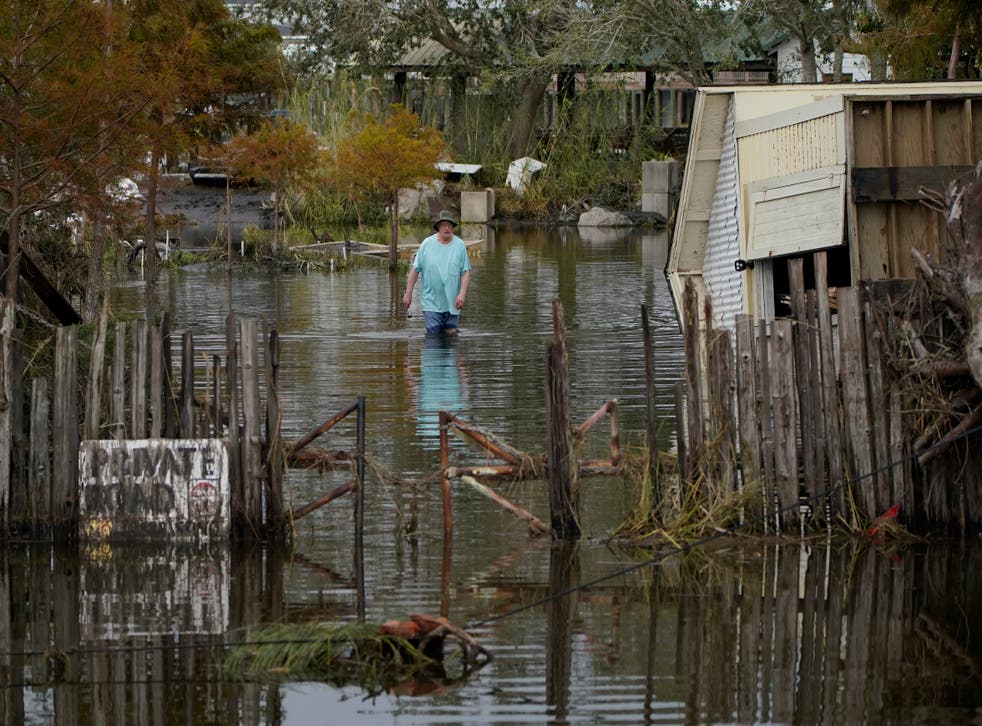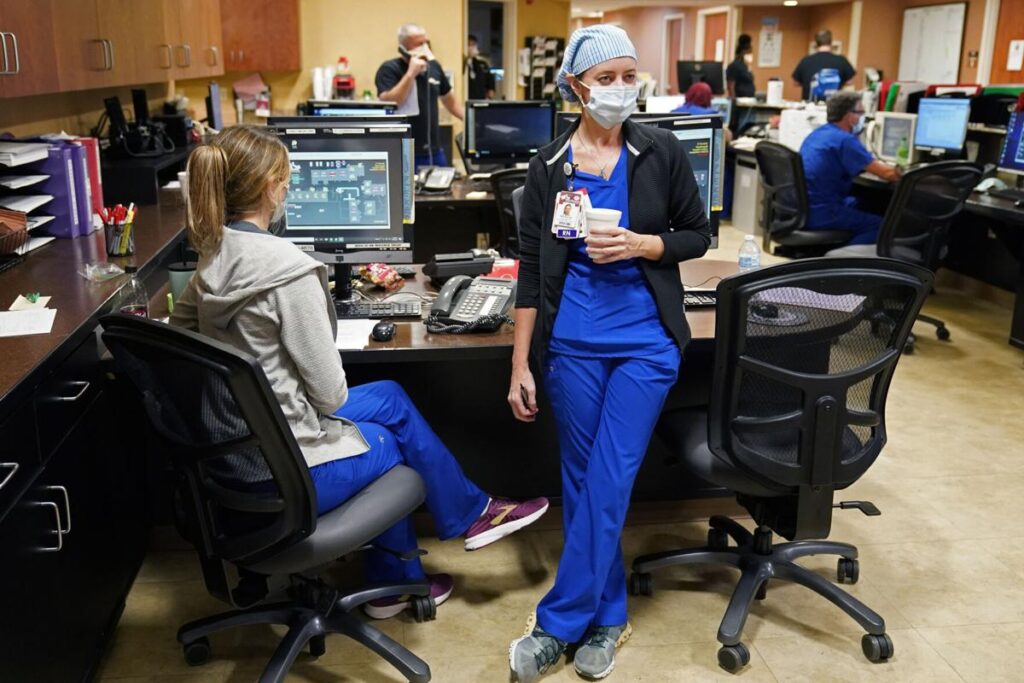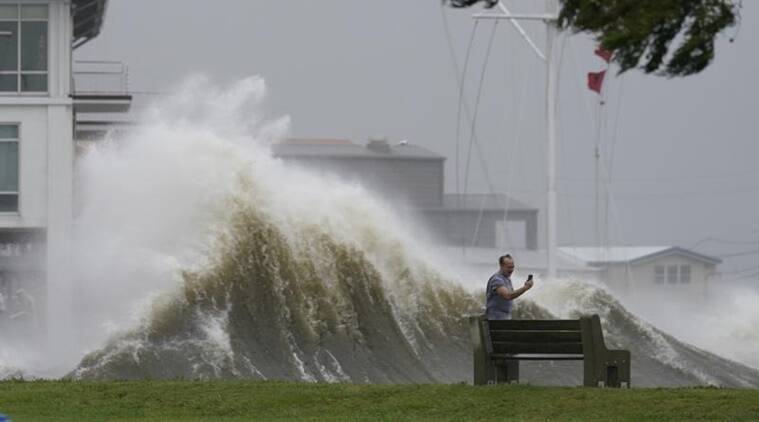“ And now I am Vishnu, the destroyer of worlds”. These lines from the Bhagvad Gita, first immortalized by J. Robert Oppenheimer – one of the creators of the atomic bomb and one of America’s most acclaimed theoretical physicists – must have flashed through the minds of every Louisiana resident that day in August, when the winds threatened to cleave the state in two and it served as just another notch within the record books for what can only be described as a enervating couple of years.

On the 23rd of August, the possibility of an adverse tropical weather system was noted by the American National Hurricane Centre(NHC). Hurricane Ida grew exponentially in the following eleven hours and eventually made contact with the Cuban Isla de la Juventud. It subsequently morphed into a category 4 hurricane, a virtual spanner in the works for a nation, hamstrung by the Covid-19 pandemic and gradually limping to normalcy in terms of the major macroeconomic quantifiers, and with hospital infrastructure at its last tether, essentially. Ida made landfall at Port Fourchon, Louisiana on the 29th of August and this point in time, the approximate wind speed of the system was 150 mph. The system was eventually becalmed and evanesced on the 7th of September. To say that carnage lay in its wake would be a gross understatement.
The Louisiana National Guard was responsible for mobilizing nearly 4900 first responders and around 191 individuals were successfully evacuated. According to Governor John Bel Edwards, the damage was “catastrophic”. While he may be referring specifically to the monetary damages, the storm may have served to further exacerbate the concerning Covid-19 scenario in the nation.
The natural disaster is bound to be associated with its fair share of injuries and further demands on the already strained healthcare mechanism in the state. But with less than half of Louisiana’s residents ( 40 % to be precise) vaccinated for the virus, and with nationwide traction given to “anti-vax”(those opposed to immunization) activists, the new-fangled Delta Variant is expected to wreak havoc. The hurricane just turned to be further inimical to the policymakers’ interests, with all but 10% of the Louisiana’s Intensive care beds occupied, more than half of the afflicted being Covid-19 patients.

Ochsner Health, the state’s largest non-profit, academic health care system is currently home to 772 patients afflicted with the virus.While the quality of the treatment meted out to them has in no way depreciated, given the circumstances, the facilities, easily the most well-equipped hospital system in the state, is unable to facilitate transfers from other hospitals in the region, which are either inundated with floodwater or have borne the brunt of the Hurricane’s worst caprices.
There are a significant number of individuals who are confined to either community shelters or confined spaces, due to the fact that most homes are simply not sturdy enough to withstand the gusts of the hurricane, at its crescendo. This, according to a number of medical experts in the nation, could serve as a catalyst for a new cluster of Covid-19 cases in the nation. All of this merely serves to reinforce the macabre image of the state that that Louisiana is in right now and further underscores the vitality of an augmentation of the vaccinated individuals in the state.

To add the woes of the state, vaccinations conducted by the Louisiana state department of Health have been indefinitely postponed in the wake of the logistical crisis, associated with the storm. Despite these adverse circumstances, multitudes of experts have urged the populace to adhere to the requisite physical distancing norms as previously to counter the rampant spread of the Delta variant. In the weeks following Hurricane Ida, Lafourche Parish demonstrated certain alarming features. Th rate of transmission was about 8.45 times the standard level of transmission as mandated by the Centre for Disease Control (CDC).
Given the Indian experience and the WHO standard operating procedures, we can suggest certain policy mechanisms that the State Health Department may adopt as an interim plan of war. These include prioritizing mass vaccinations and employing a large segment of healthcare resources to facilitate the availability of state-of-the-art health infrastructure to the medical professionals in the regions that are most severely hit by the Hurricane. There must be concerted efforts to counteract the insidious intentions of anti-vaccination activists.
There should be a separate Covid helpline set up in each housing district and committed personnel, with basic medical knowhow should be requisitioned to monitor individuals, who are yet to be vaccinated in each region. The elderly and young children should be prioritized and the health department needs to offset the excessive strains on the State’s primary hospitals. A team of doctors and nurses from across the nation should be stationed in each district and they should be equipped to address the concerns of the most critically infected patients.
The Centre ought to allocate a direct monetary transfer to the state of Louisiana, for the explicit purpose of augmenting the number of intensive care units, as a long term move to counteract the turmoil wrought as a result of the hurricane. The State Government should also look into addressing the issue of constrained underground shelters, where people might seek to refuge and allocate housing for the individuals displaced as a result of the calamity. A number of these have already been set in motion. Notwithstanding these statements, the state of Louisiana, like much of the world, needs to remind itself of the maxim “This too, shall pass.”
Written by- Aratrik Chakraborty
Edited by- Khyati Kallianpur
